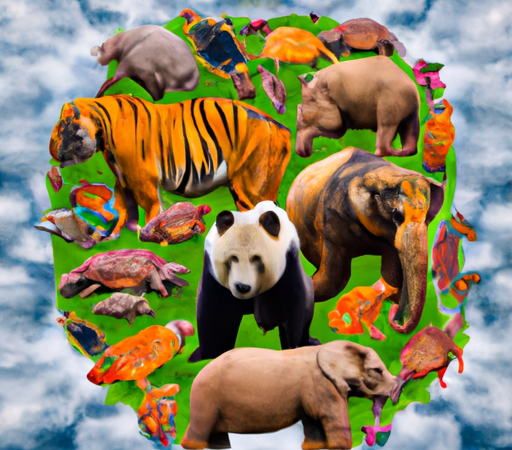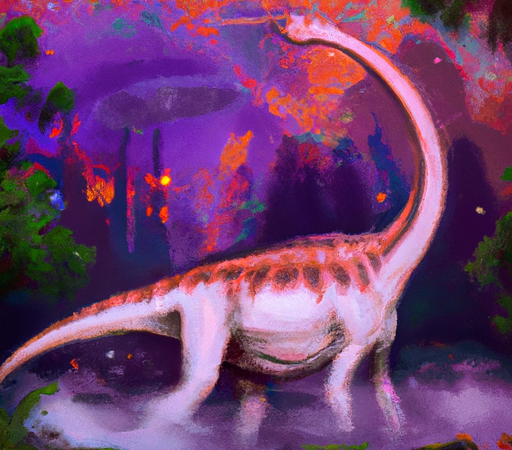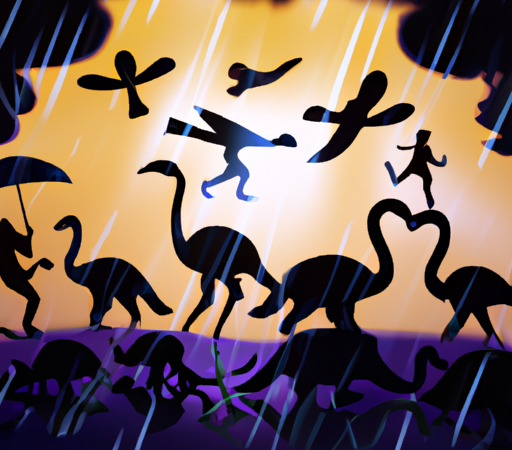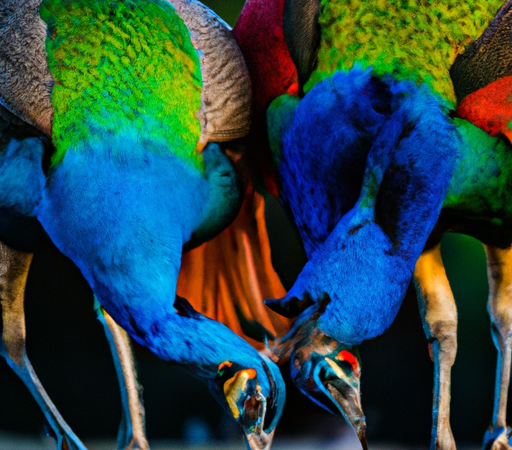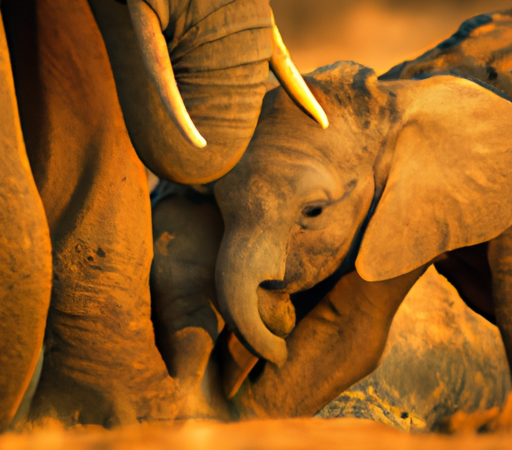The Secret Lives of Wild Animals: Mind-boggling Behaviors Revealed
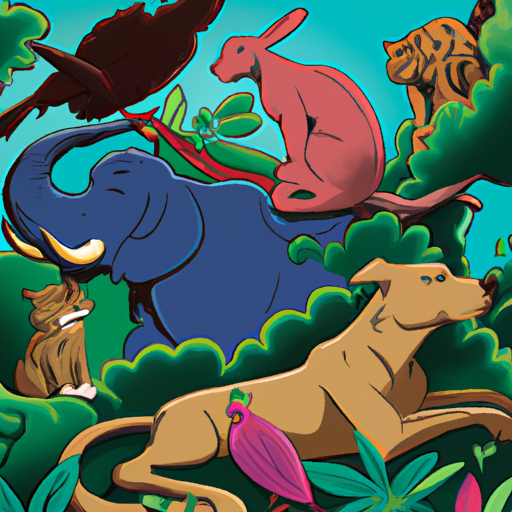
The animal kingdom never fails to amaze us with its wide range of diversity and intriguing behaviors. While we often catch glimpses of wild animals in their natural habitats, there are countless secrets that remain hidden from our view. However, thanks to the dedicated efforts of wildlife researchers and scientists, we are beginning to uncover the mind-boggling behaviors of these creatures that have long been shrouded in mystery.
One fascinating insight into the secret lives of wild animals is their remarkable intelligence and problem-solving abilities. For instance, researchers have discovered that some species of birds are capable of using tools to obtain food. The New Caledonian crow, notorious for its ingenuity, is known to craft complex tools from twigs and leaves to extract insects from tree crevices. This finding challenges the perception that tool-use is an exclusive trait of humans and has shed light on the cognitive abilities of these astonishing creatures.
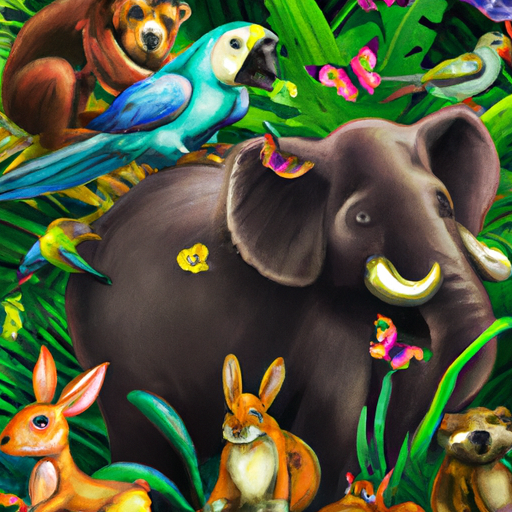
Another astonishing behavior seen in a variety of wild animals is their extraordinary navigational skills. Despite having no access to maps or GPS, these creatures can traverse vast distances and return to their exact starting points. For instance, the Arctic tern, a migratory bird, annually undertakes an astonishing round-trip of around 44,000 miles, from the Arctic to the Antarctic and back. How do they accomplish this incredible feat of navigation? It is believed that they use a combination of celestial cues, landmarks, and a magnetic sense to embark on these extensive journeys.
The hunting strategies employed by predators also reveal fascinating insights into their secret lives. For example, the infamous orca, or killer whale, has a remarkably creative technique when it comes to capturing prey. They create waves with their tails to wash seals off ice floes, demonstrating an intricacy of strategy that showcases their adaptability and intelligence. Similarly, the cooperative hunting techniques used by wolf packs, whereby they communicate through elaborate vocalizations, are nothing short of astounding.
In addition to intelligence, navigational skills, and hunting strategies, animals often display remarkable social behaviors. Some species, such as elephants and dolphins, are known to possess strong emotional bonds, exhibit mourning rituals, and display self-awareness. These complex social structures and emotional connections highlight the depth of their lives, which extends far beyond mere survival.
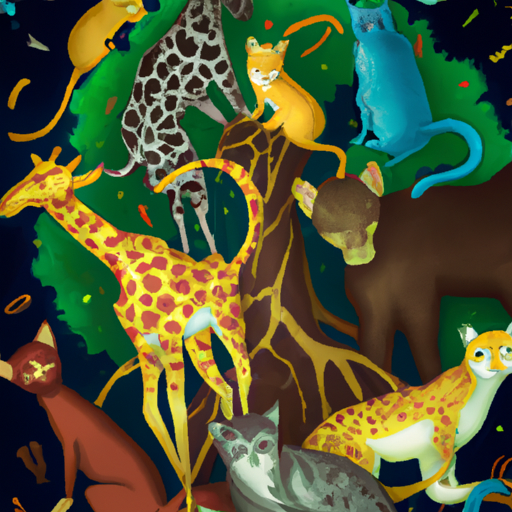
The field of animal behavior has also yielded astonishing discoveries about interactions between different species. It turns out that some animals form unlikely alliances and engage in mutually beneficial relationships known as symbiotic interactions. For instance, cleaner fish remove parasites from larger fish, gaining a meal, while the larger fish benefit from being freed of harmful parasites. The complexity of these cooperative relationships reveals a level of interconnectedness and interdependence that is awe-inspiring.
As our understanding of wild animals deepens, so too does our appreciation for the intricate web of life that exists on our planet. The secret lives of these creatures are not only intriguing but also vital to the survival and preservation of ecosystems. Each behavior, no matter how mind-boggling, plays a crucial role in maintaining the delicate balance of nature.
Uncovering the hidden lives of wild animals is a reminder of the immense beauty and wonder that exists beyond our human-centric view of the world. As we continue to study and learn from these creatures, we gain insights into our own place in the natural world, fostering a deeper connection and empathy for all living beings.

